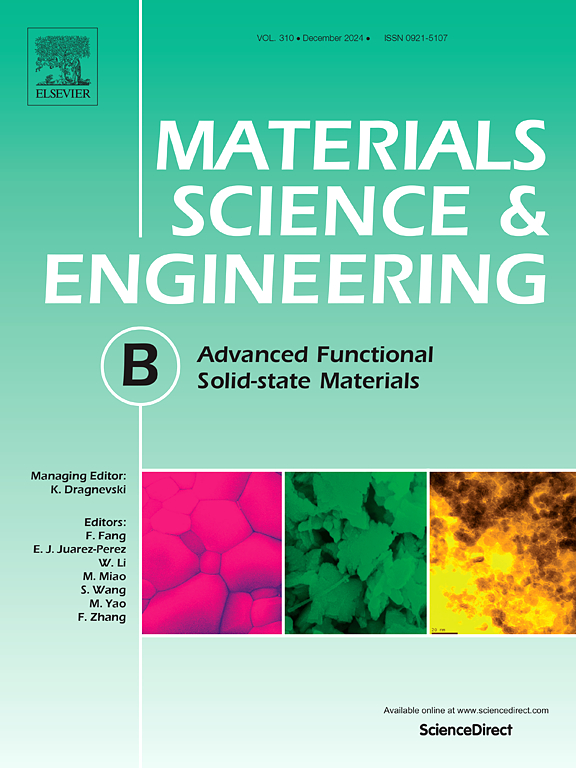Autogenous deposition of copper oxide onto polyaniline nanocomposite catalysts for the photodegradation of methylene blue and congo red: Experimental inquiry, RSM optimization, and DFT calculation
IF 3.9
3区 材料科学
Q2 MATERIALS SCIENCE, MULTIDISCIPLINARY
引用次数: 0
Abstract
This research focuses on synthesizing, characterizing, and applying copper oxide@polyaniline (CuO@PANI) nanocomposites formed by the autogenous deposition of CuO nanoparticles onto polyaniline (PANI). The synthesis was conducted via an in-situ polymerization process using CuCl2 as both a catalyst and precursor for CuO. The resulting CuO@PANI nanocomposite was characterized through Fourier Transform Infrared Spectroscopy (FTIR), UV–visible spectroscopy, X-ray Diffraction (XRD), Scanning Electron Microscopy (SEM), and point of zero charge (pHPZC) analysis. The study evaluated the catalytic efficiency of CuO@PANI in degrading Methylene Blue (MB) and Congo Red (CR) dyes, achieving notable degradation efficiencies of 85 % for MB and 92 % for CR at an initial dye concentration of 50 mg/L using a catalyst dose of 1.2 g/L over 60 min. The catalyst demonstrated consistent performance across four cycles, highlighting its potential as an environmentally friendly solution for wastewater treatment.

求助全文
约1分钟内获得全文
求助全文
来源期刊

Materials Science and Engineering: B
工程技术-材料科学:综合
CiteScore
5.60
自引率
2.80%
发文量
481
审稿时长
3.5 months
期刊介绍:
The journal provides an international medium for the publication of theoretical and experimental studies and reviews related to the electronic, electrochemical, ionic, magnetic, optical, and biosensing properties of solid state materials in bulk, thin film and particulate forms. Papers dealing with synthesis, processing, characterization, structure, physical properties and computational aspects of nano-crystalline, crystalline, amorphous and glassy forms of ceramics, semiconductors, layered insertion compounds, low-dimensional compounds and systems, fast-ion conductors, polymers and dielectrics are viewed as suitable for publication. Articles focused on nano-structured aspects of these advanced solid-state materials will also be considered suitable.
 求助内容:
求助内容: 应助结果提醒方式:
应助结果提醒方式:


